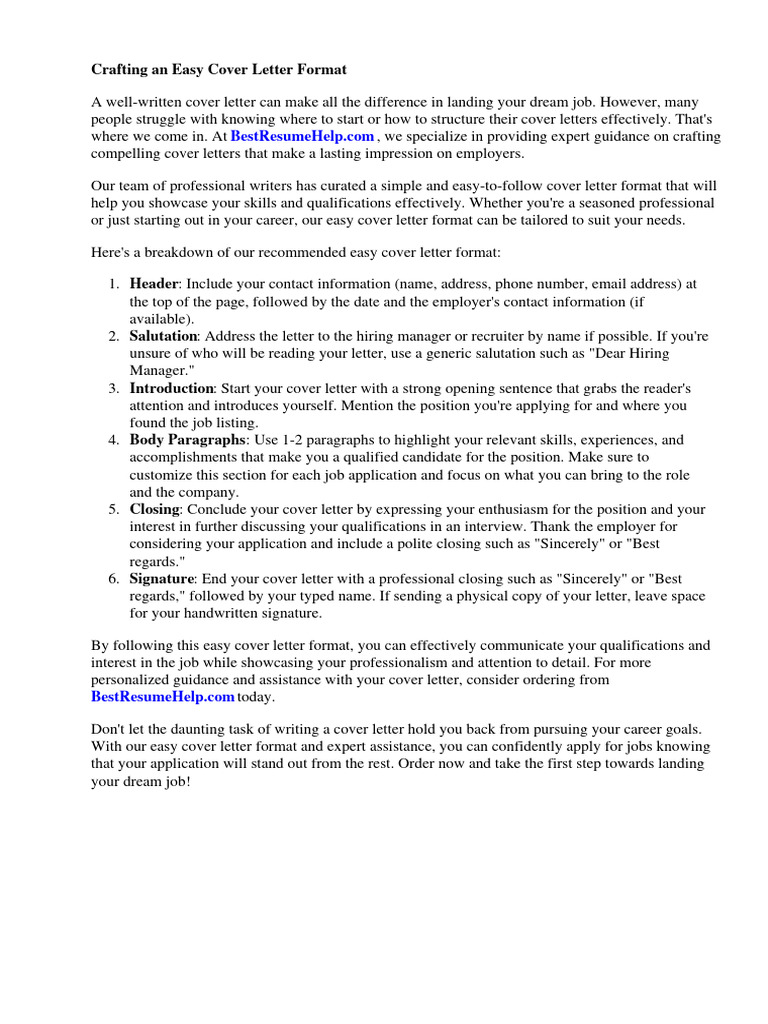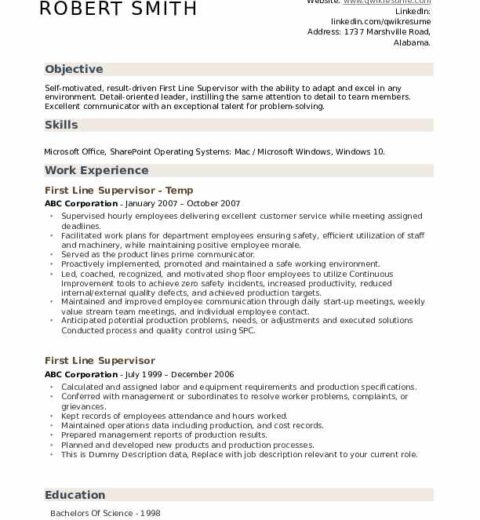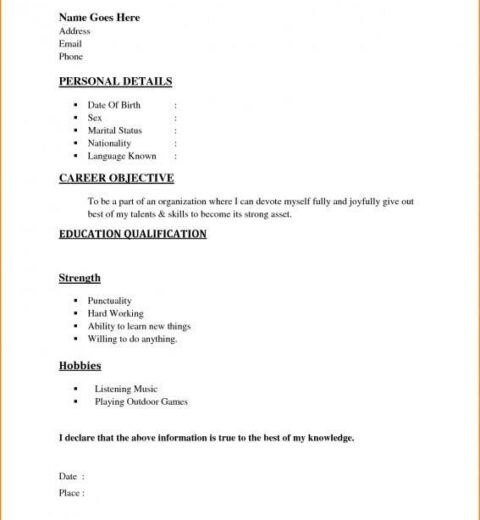Writing a cover letter for a resume is both an art and a science. While the structure may seem straightforward, the subtleties of language and presentation can create a profound impact on potential employers. This document is more than a mere formality; it serves as your first personal introduction into a new professional environment. A well-crafted cover letter offers a unique opportunity to express your individuality and enthusiasm while complementing your resume.
Understanding how to write an effective cover letter can significantly enhance your chances of landing an interview. This guide will unveil a seamless approach to constructing an informational and engaging cover letter, focusing on an easy-to-follow format that captivates hiring managers’ attention.
1. Introduction: The Gateway to Engagement
The introduction of your cover letter is critical. It not only states the purpose but also sets the tone for the rest of the correspondence. Start with a respectful salutation, using the recipient’s name whenever possible to add a personal touch. For instance, instead of “Dear Hiring Manager,” strive for “Dear Mr. Smith.” This minor detail makes your letter feel bespoke.
Follow your salutation with a compelling opening sentence that captures interest immediately. Avoid generic introductions filled with clichés. Instead, convey your eagerness about the position and how you came across the job opening. For example, “As a seasoned marketing professional with over five years of experience, I was thrilled to discover the Marketing Coordinator position at XYZ Corp on your website.”
2. The Hook: Crafting a Narrative
Now that you have hooked their attention, it’s time to delve into your narrative. Create a cohesive story that connects your professional journey to the position for which you are applying. Here, specificity reigns supreme. Discuss relevant experiences and accomplishments, but do not merely list them; weave them into a narrative that illustrates your career progression and development of skills.
For example, instead of writing, “I managed a team,” you might say, “During my tenure at ABC Inc., I led a cross-functional team of designers and analysts, orchestrating a digital campaign that increased our market reach by 25% within just six months.” By employing quantitative results, you bolster your claims significantly.
3. Aligning Your Qualifications with Job Requirements
This section should demonstrate a clear understanding of the role and the organization. Use the job description as a guide to tailor your qualifications. Identify key skills and attributes the employer seeks, then align them with your own experiences. This approach effectively illustrates how you can meet the company’s needs.
Utilize language that mirrors the company’s ethos or values, making it clear you have invested time in understanding their mission. Phrases like “team-oriented,” “innovative solutions,” or “client-focused” not only resonate with the hiring team but also create a commonality between your professional identity and the company culture.
4. Showcasing Your Unique Value Proposition
To differentiate yourself from a competitive pool of applicants, detail your unique value proposition. What can you bring to this position that others cannot? This part of your cover letter illuminates your distinctive skills and experiences, demonstrating their relevance to the job. Consider discussing a unique project you led or an innovative strategy you implemented. This makes your candidacy memorable and highlights your problem-solving abilities.
For instance, you might say, “The innovative outreach program I developed not only enhanced community engagement but also resulted in a 30% increase in our volunteer base.” Such statements not only showcase your impact but also signal your proactive nature.
5. The Closing: Call to Action
Conclude your cover letter on a confident note. Restate your enthusiasm for the role and express an eagerness to discuss your qualifications further. A bold closing encourages potential employers to reach out. Consider phrases like, “I am excited about the opportunity to contribute to your team and would welcome the chance to discuss my application in more detail.”
Be sure to include a professional closing, such as “Sincerely,” followed by your name. If submitting digitally, consider including your LinkedIn profile or contact information to facilitate further communication.
6. Proofread: The Last Step That Makes a Difference
Having poured your heart into your cover letter, the worst disservice you can do is overlook minor errors. Proofreading is essential. Typos or grammatical errors can detract from your professionalism and attention to detail. Read the letter multiple times, and if possible, consider asking a trusted colleague or friend for feedback. A fresh pair of eyes often catches what your own might have overlooked.
Conclusion: A Shift in Approach
Conclusively, writing an effective cover letter for your resume is about embracing the opportunity to showcase your personality and professional attributes. By employing a structured format and a compelling narrative, you can create a cover letter that resonates with employers and sets you apart in a crowded field. Embrace this challenge as a stepping stone toward your career aspirations, and recognize the potential of your words to influence your professional journey.




